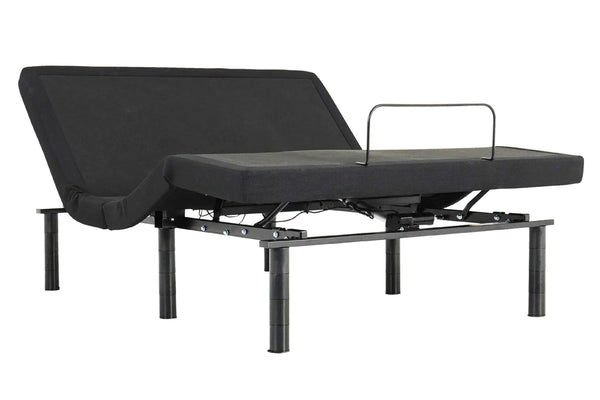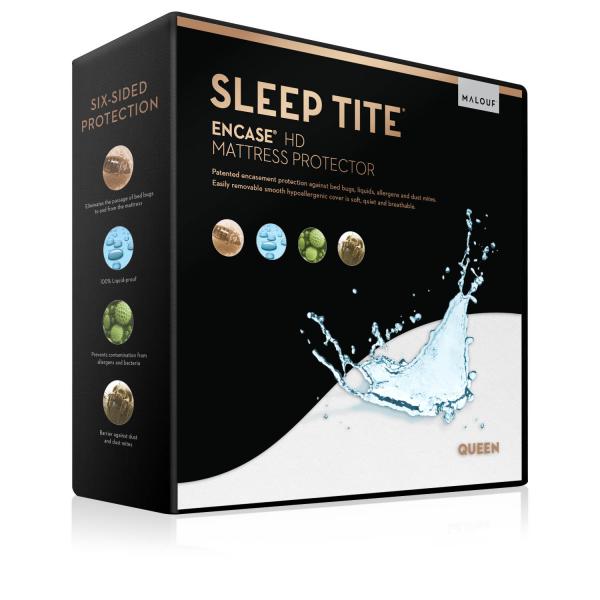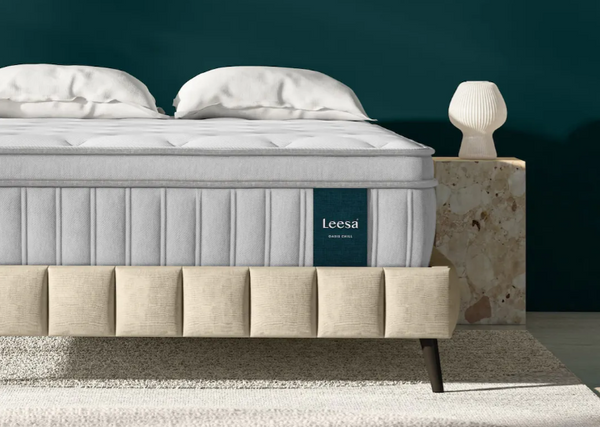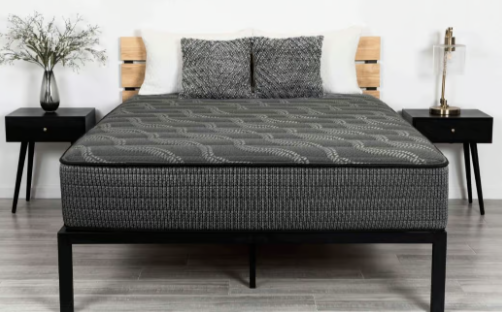
Frequently Asked Questions
1. Why is the sleep environment important?
2. What are the key elements to optimize in a sleep environment?
3. What temperature is recommended for a good night's sleep?
4. How can I create a distraction-free sleep space?
In a world buzzing with activity, a good night's sleep is more essential than ever. Creating the perfect sleep environment can significantly enhance your sleep quality, allowing you to wake up refreshed and ready to take on the day. Sleep experts emphasize the importance of designing your sanctum for rest. In this guide, we'll explore practical tips and insights to help you craft the ultimate sleep space that invites relaxation and tranquility.
Understanding the Basics of Sleep Science
Before diving into specifics, it's vital to understand why your sleep environment matters. Sleep is not merely about closing your eyes; it’s a complex process influenced by numerous factors, including your surroundings. A well-designed sleep environment can:
- Improve sleep quality
- Reduce nighttime awakenings
- Enhance daytime alertness
- Boost overall health and well-being
According to the National Sleep Foundation, adults require between 7 to 9 hours of sleep for optimal health. However, without a conducive sleep environment, achieving this can be challenging.
The Key Elements of Sleep Environment
Optimizing your sleep environment involves a combination of several elements, including light, noise, temperature, and comfort. Let’s dive into each aspect and explore tips from sleep specialists.
Mastering Light Control
Light plays a crucial role in regulating our circadian rhythm, which governs our sleep-wake cycle. Below are a few strategies to manage light in your sleep space:
- Blackout Curtains: Install blackout curtains to block out external light sources, ensuring complete darkness. This will help signal to your body that it’s time to wind down.
- Dim Lighting: Use soft, dim lighting in the hours leading up to bedtime. Consider using bedside lamps or adjustable lights to create a calming atmosphere.
- Limit Screens: Reduce blue light exposure from screens at least an hour before bed. This includes phones, computers, and TVs.
Managing Noise Levels
Noise can be a significant disruptor of sleep. To foster tranquility in your sleep sanctuary, consider the following:
- White Noise Machines: Invest in a white noise machine to create a consistent sound environment. This can mask disruptive noises from your surroundings.
- Soundproofing: If feasible, soundproof your room with insulation, heavy curtains, or by using rugs to absorb sound.
- Relaxing Sounds: Try playing gentle nature sounds or calming music to help lull you into a peaceful slumber.
The Perfect Temperature for Sleep
Temperature is another critical factor impacting sleep quality. Most experts recommend keeping your bedroom cool, usually between 60 to 67 degrees Fahrenheit. Here’s how you can achieve your ideal sleeping temperature:
- Adjusting Thermostats: Take advantage of your home's thermostat by setting it to your optimal sleeping temperature.
- Breathable Bedding: Choose bedding that promotes airflow and temperature regulation. Materials like cotton and linen can provide comfort and help wick away moisture.
- Winter & Summer Comfort: Use flannel sheets in colder months and lighter sheets during hot weather to adjust your sleep environment seasonally.
Choosing the Right Bedding
Your bedding significantly influences your overall sleep experience. Here are essential considerations when selecting bedding:
Mattress Matters
Your mattress is the foundation of your sleep environment. An ideal mattress should offer a balance of comfort and support. Here are key points to consider:
- Comfort Level: Test different firmness levels to find what feels best for your body.
- Durability: Invest in a mattress made from high-quality materials for longevity. A mattress that breaks down quickly will lead to discomfort.
- Personal Preference: Everyone has unique sleep positions and preferences, resulting in different mattress needs. Make sure your choice aligns with your sleeping style.
The Ideal Pillows
Pillows play a vital role in providing neck and spine support. Here’s how to choose wisely:
- Loft and Firmness: The right pillow height and firmness depend on your preferred sleeping position—side, back, or stomach. Adjust accordingly!
- Materials: Memory foam, latex, or down pillows each offer unique benefits. Select what works for you and helps with comfort and alignment.
Decor and Colors for Serenity
Your room's decor can significantly impact your sleep mood. The following decorating strategies can enhance your environment:
Choosing Calm Colors
Opt for soothing color palettes like soft blues, greens, and neutrals. These colors create a tranquil atmosphere that encourages relaxation. Here’s how:
- Wall Colors: Consider painting your walls with calming hues. Light colors can make spaces seem larger and airy.
- Decorative Accents: Use artwork and decorative pieces that promote a sense of peace and calmness.
Aromatherapy for Sleep
Scents can also play an essential role in your sleep environment. Implementing calming fragrances can help you unwind:
- Essential Oils: Lavender, chamomile, and sandalwood are popular choices for promoting relaxation. Use a diffuser or a scented pillow.
- Scented Candles: Light soothing candles before bed (but remember to extinguish them for safety!)
Creating a Distraction-Free Zone
Your bedroom should embody clear focus and a calming presence, devoid of distractions. Here are tips to declutter your sleep space:
- Keep it Clean: Regularly clean and organize your bedroom to maintain a fresh atmosphere.
- Minimize Electronics: Reduce electronic devices to eliminate distractions. Consider keeping devices out of your bedroom altogether.
- Designate Zones: Create separate spaces in your home for work and relaxation. Reserve your bedroom solely for rest and intimacy.
Establishing a Sleep Routine
Creating the ideal sleep environment is essential, but so is establishing a sleep routine to complement it. Consider the following:
- Fixed Sleep Schedule: Go to bed and wake up at the same time every day, even on weekends. Consistency reinforces your body's natural sleep-wake cycle.
- Relaxing Pre-Sleep Activities: Develop relaxing pre-sleep rituals such as reading, meditation, or taking a warm bath to promote rest.
- Limit Stimulants: Avoid caffeine or heavy meals in the hours leading to bedtime. Opt for herbal teas or light snacks instead.
Thinking About Health and Well-being
Your overall health significantly impacts your sleep quality. Addressing health-related factors can greatly enhance your sleep experience:
Manage Stress and Anxiety
Chronic stress and anxiety can disrupt sleep patterns. Implement stress management techniques such as:
- Meditation and Mindfulness: Engage in daily meditation or mindfulness practices to center your thoughts and reduce tension.
- Physical Activity: Regular exercise can improve sleep quality. Aim for at least 30 minutes of physical activity each day, but try to avoid vigorous workouts close to bedtime.
Consult Healthcare Providers
If you consistently struggle with sleep issues, consider consulting a healthcare provider to rule out sleep disorders or underlying health conditions. Topics to discuss may include:
- Insomnia
- Sleep apnea
- Restless legs syndrome
Your Path to Serene Slumber
With each of these tips, you now have the tools to create your ideal sleep environment. By mastering light, noise, temperature, and comfort, while also establishing a calming routine, you can foster the restful atmosphere that you deserve. Remember, sleep hygiene is an integral part of a healthy lifestyle—investing in it will reap long-lasting rewards.
Start your journey towards experiencing holistic sleep wellness today. Embrace the serenity of your newly curated sanctuary and enjoy the restorative power of quality sleep—after all, a good night’s sleep is the cornerstone of a vibrant life!









